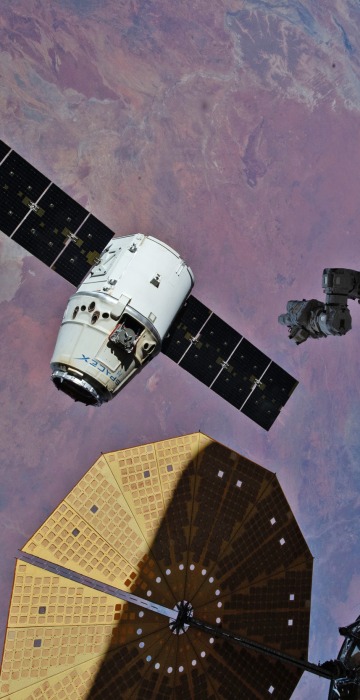
In Focus
Month in Space Pictures: January 2019
A dying star, a gleaming starship, a distant snowman, and more far-out space photos.
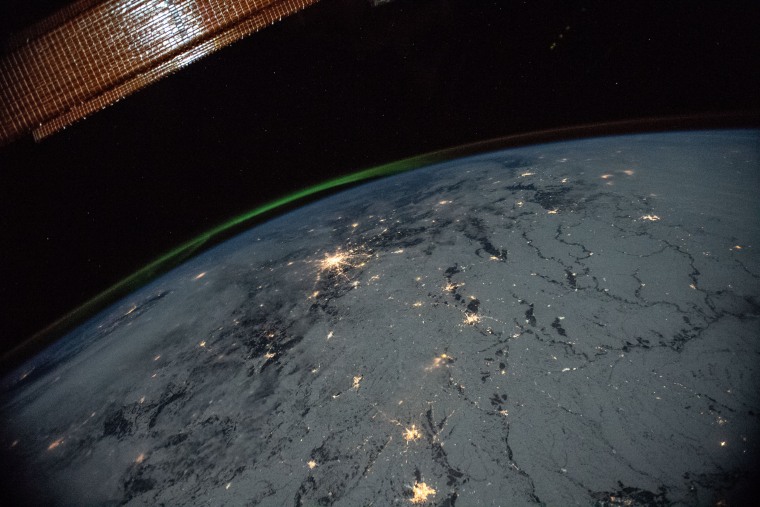
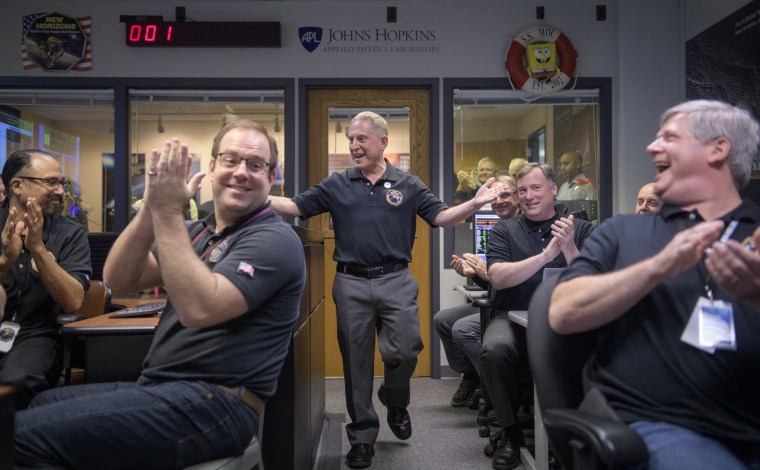
Way past Pluto
Alan Stern (center), the principal investigator of NASA's New Horizons mission celebrates with other mission team members on Jan. 1 at the Missions Operation Center in Laurel, Maryland, after they received signals from the New Horizons spacecraft that it is healthy and had collected data during its flyby of a deep-space object called Ultima Thule.
Ultima Thule is now the most distant object visited by a spacecraft — 4 billion miles from Earth and a billion miles beyond Pluto, which New Horizons passed in 2015.
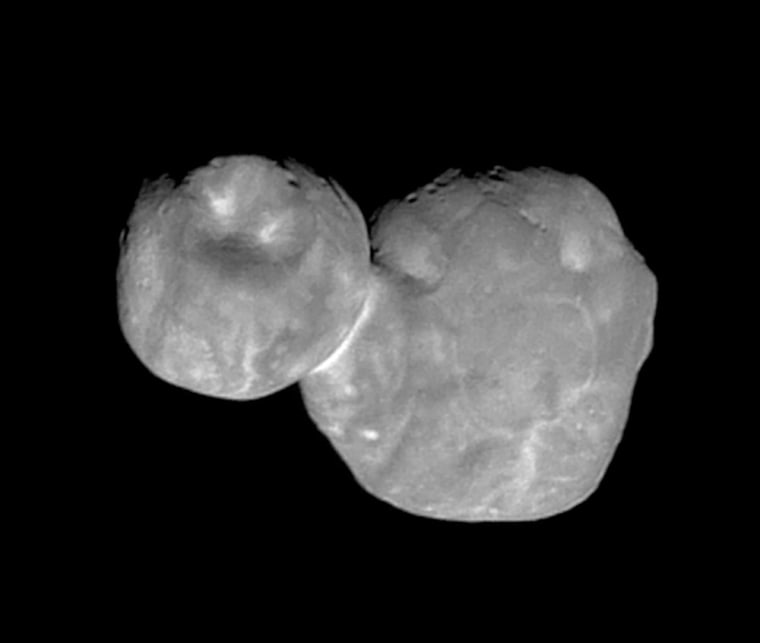
"Space snowman"
The Kuiper belt object Ultima Thule appears in this image released on Jan. 24.
Pictures captured by NASA's far-flung New Horizons spacecraft revealed the city-size object to be made up of a pair of roughly spherical lobes.
The images were obtained by cameras aboard the spacecraft as it sped by the "bi-lobed" object, which orbits the sun about 1 billion miles beyond the orbit of Pluto.
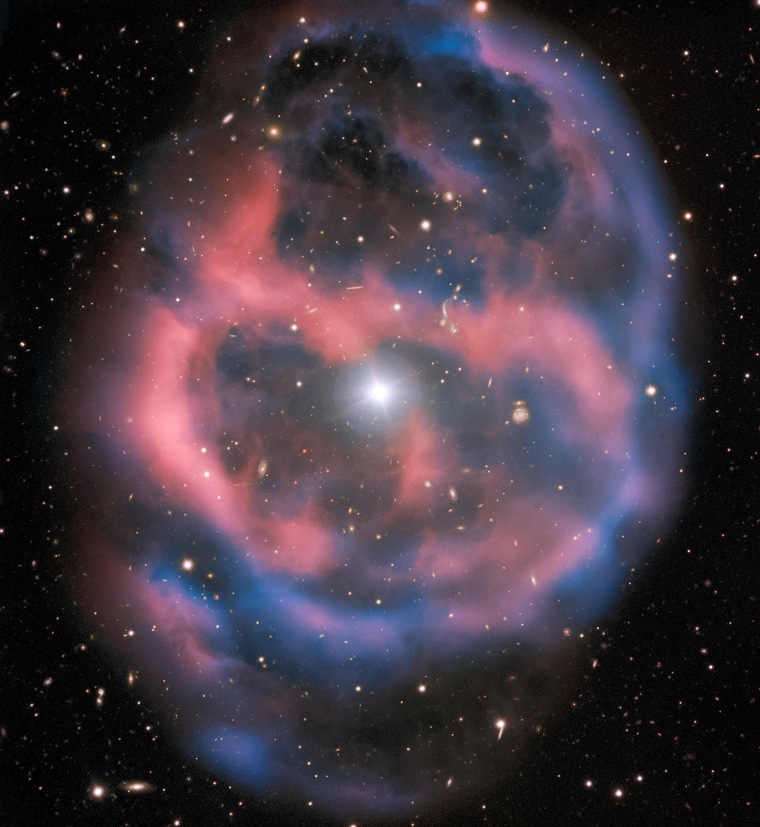
Dying star
ESO's Very Large Telescope captured this image of a shell of glowing ionized gas — the last breath of a dying star whose simmering remains are visible at the heart of the image.
As the gaseous shell of planetary nebula ESO 577-24 expands and dims, it will slowly disappear, persisting for only 10,000 years — a blink of an eye in astronomical terms.
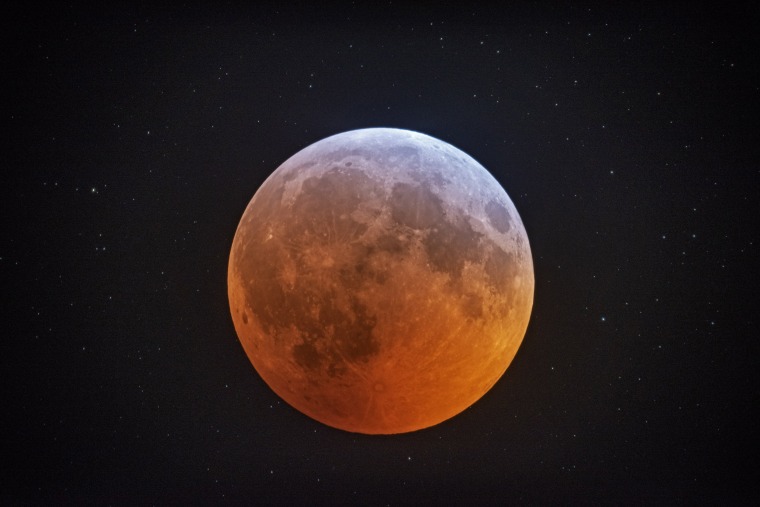
Super blood wolf moon
The moon glows with a reddish color against the background stars over Stedman, North Carolina, on Jan. 21, 2019.
January’s full moon is sometimes dubbed a “wolf moon,” and since the moon was at its closest point to Earth in its elliptical orbit, it was a “supermoon.” As a result of these special cases — and because lunar eclipses are also known as "blood moons" — some called this eclipse a “super blood wolf moon.”
Photos: Super Blood Wolf Moon marks first lunar event of 2019
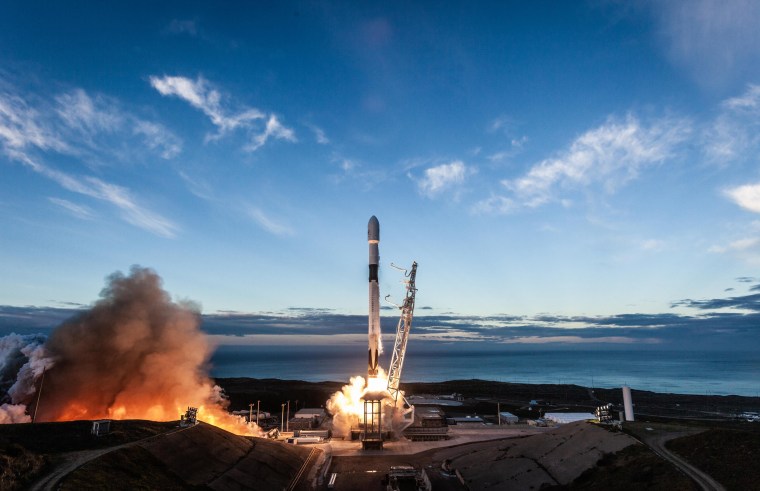
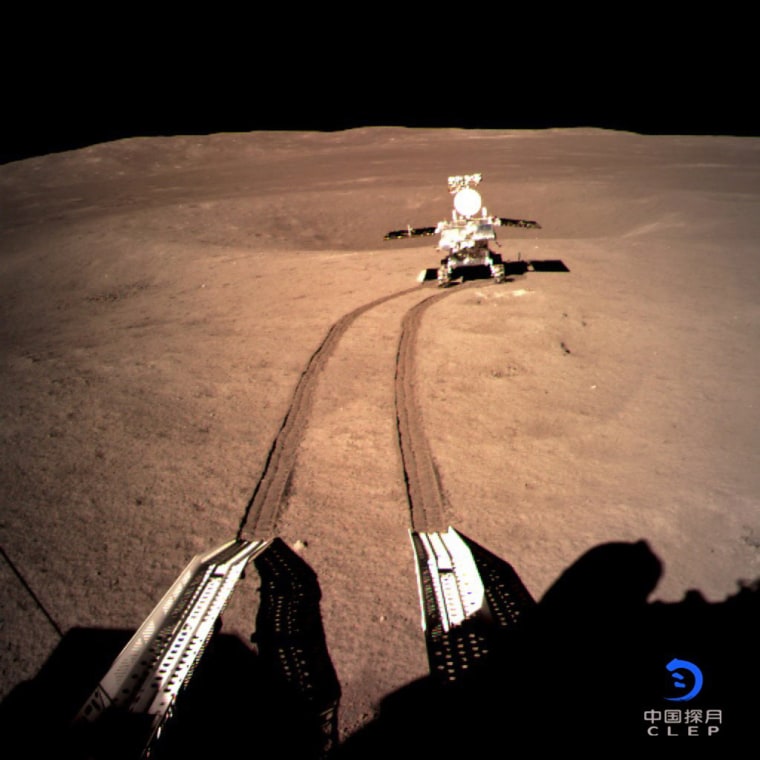
Far side of the moon
China's lunar rover Yutu-2, or Jade Rabbit 2, explores the far side of the moon in this image captured by the Chang'e-4 lunar probe on Jan. 3.
Chang’e 4 is the first spacecraft to have touched down on the moon’s far side, which always faces away from Earth, though many have studied the region from lunar orbit.

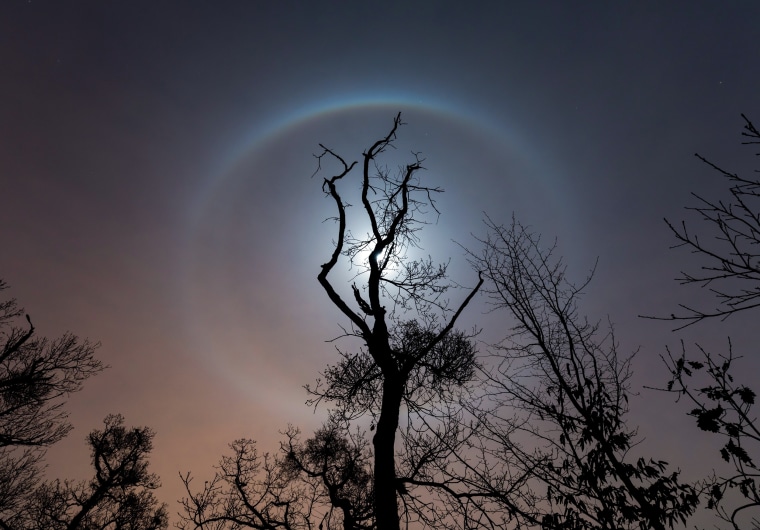
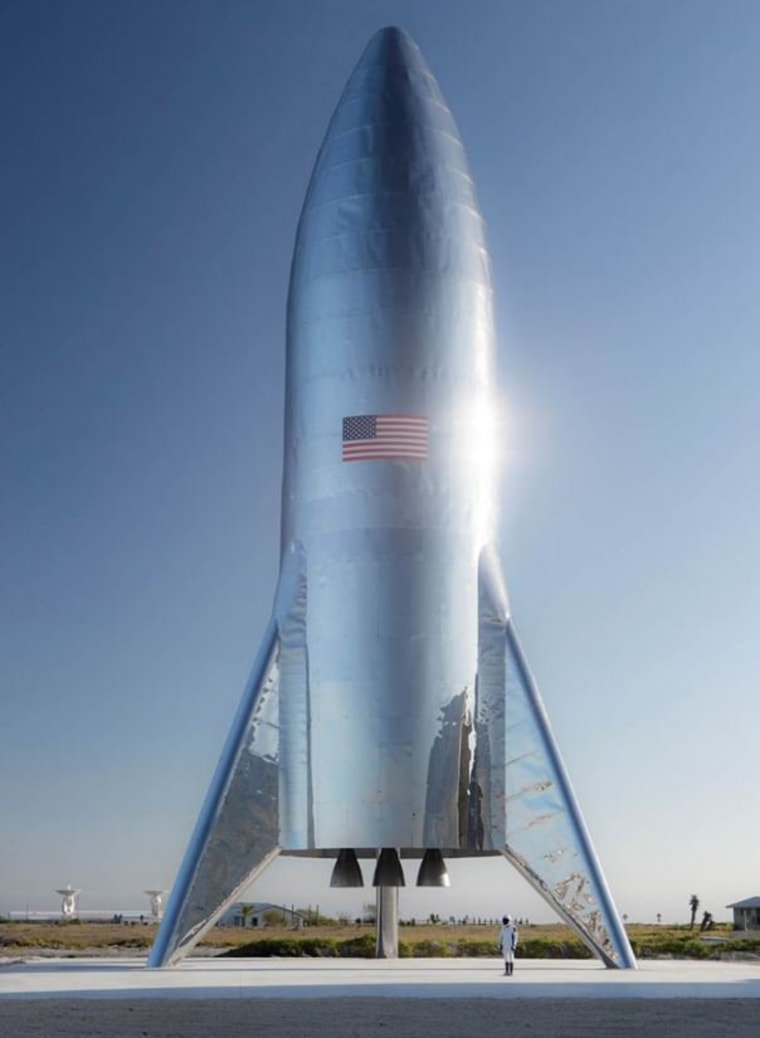
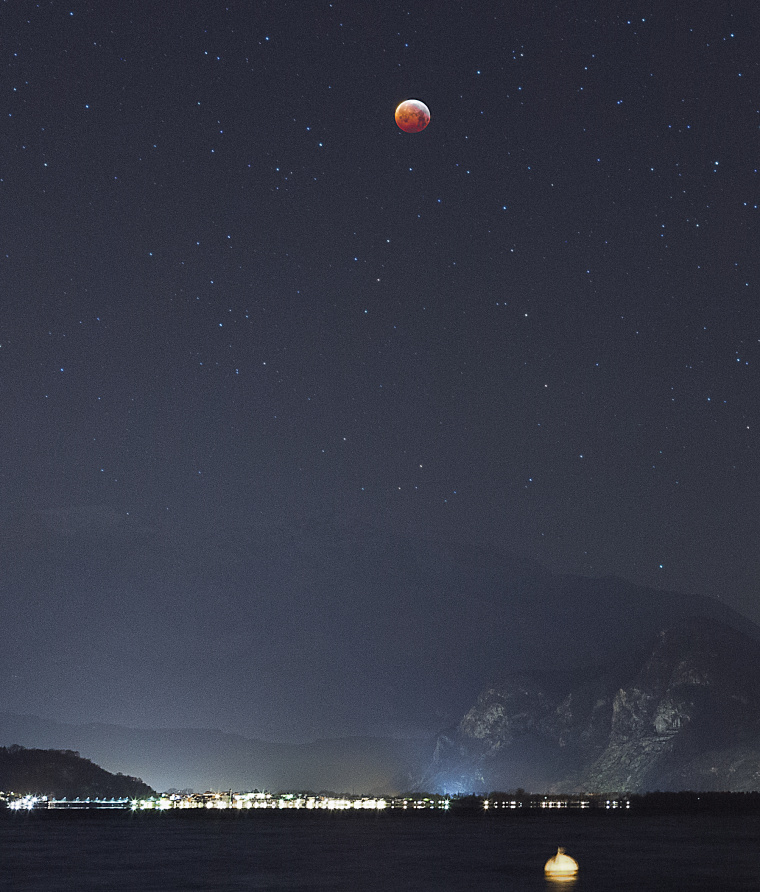
Like a big pizza pie...
The moon hangs over Lake Maggiore in Italy during the total lunar eclipse early on Jan. 21.